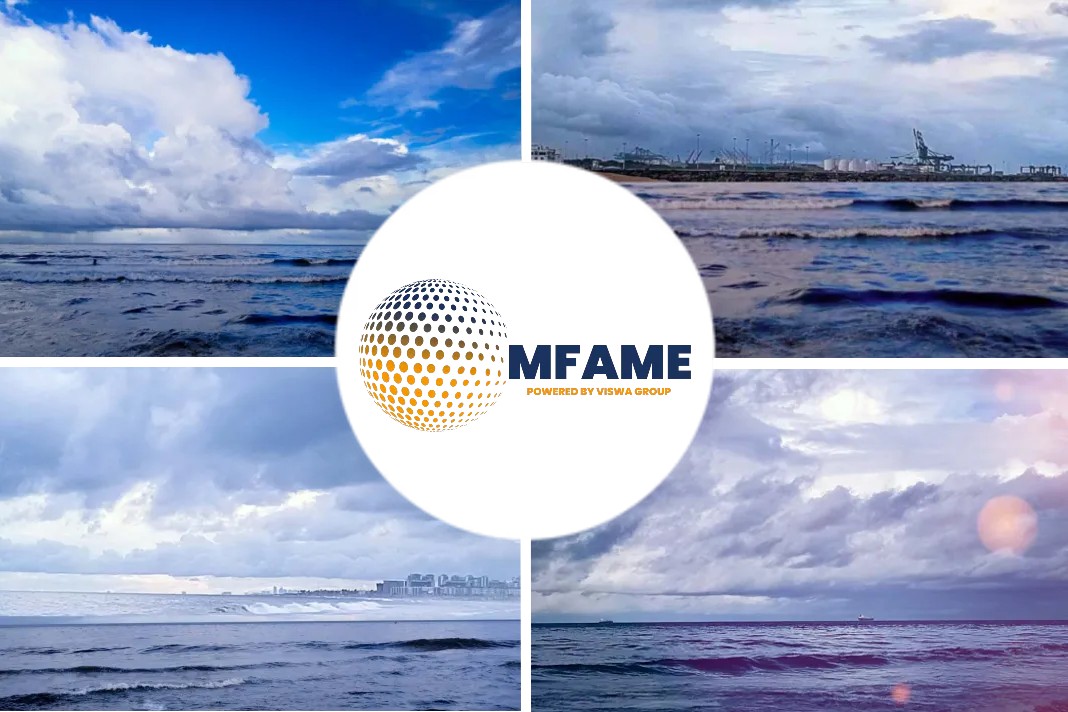The Centre for Cold Ocean Resource Engineering (C-CORE) and Norwegian energy company Statoil have launched a competition to find a more effective method of spotting icebergs that pose a risk to ships and infrastructure.
The Iceberg Classifier Challenge requires teams to find an “algorithm that automatically identifies if a remotely sensed target is a ship or iceberg,” the report says. It was launched on October 23 and to date has 1,304 teams, with many of them from China, Russia, and Silicon Valley.
There is still plenty of time to join in the competition. Teams have until January 23 to submit applications to the contest. And with a $50,000 prize, the sponsors were very surprised to get as many teams signed up before the competition was announced on Tuesday.
The challenge was posted on the Google-owned website Kaggle. Kaggle is used for competitions where people are asked to come up with solutions to a whole range of data problems.
“We’ve got a database of 5,000 targets that we’ve uploaded to this website and the competition, which has prize money of $50,000, will give people the incentive to look very closely at our database,” said Desmond Power, C-CORE’s vice-president of remote sensing, according to the reports.
Identifying icebergs from ships and other targets
During the winter and spring, icebergs drifting in the North Atlantic can pose a risk to people’s lives and oil and gas equipment, as well as present challenges to shipping and other activities. Current methods for monitoring iceberg conditions is aerial reconnaissance, supplemented by platform and vessel-based monitoring.
But as C-CORE points out, the use of satellites for monitoring, assessment, and data analysis of icebergs and their movement is becoming more widespread. Synthetic Aperture Radar (SAR) satellites are not light-dependent and can “see” through the darkness, clouds, fog and most weather systems, taking snapshots over very large areas (up to 250 X 250 kilometers).
C-CORE has been using satellite data for over 30 years and has built a computer vision based surveillance system that analyzes SAR data to automatically detect and classify icebergs and vessels. However, C-CORE and Statoil, organizations dedicated to innovation, are asking if there’s a better way to automatically detect and classify icebergs and vessels by using machine learning.
And for this reason, the competition was born. And if you think it is easy to distinguish an iceberg from a ship using satellite data and images, take a look at the satellite images.
Did you subscribe for our daily newsletter?
It’s Free! Click here to Subscribe!
Source: Digital Journal























